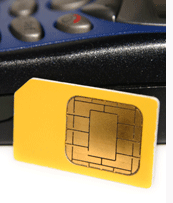New palm vein images extracts 2,048-bit codes to authenticate
07 August, 2013
category: Biometrics
Fujitsu Laboratories launched a new biometric technology that extracts and matches 2,048-bit feature codes from palm vein image data.
Vein pattern biometric modalities are not a new phenomenon, but where Fujitsu’s solution differs is in its method of using feature codes. These codes, extracted from vein images, represent the features of the biometric capture in binary format. According to executives at Fujitsu, the resulting binary codes enable simple comparison calculations and rapid authentication.
As JCN News reports, multiple feature codes can be generated from a single piece of biometric data, therefore different codes can be used for different biometric authentication services. This means that even if registered data is leaked, a new feature code can be generated and registered to give users peace of mind as well as uninterrupted service. Technology that generates multiple feature codes from a single biometric data capture is also known as “cancelable” or “renewable” biometrics.
Fujitsu reports that on a standard PC, a one-to-one authentication match takes roughly one microsecond – a match time that is roughly 1,00 times faster than previous solutions, which took several milliseconds. Thus far, the feature code method has demonstrated strong identification performance, recording a false positive rate of 1/100,000.
Fujitsu plans to make the solution commercially available by 2015, and is planning to further improve upon weaknesses at the time of biometric capture. The company is also in the process of designing and constructing a proprietary biometric authentication platform to accompany the palm vein technology.
For more on Fujitsu’s new biometric solution, see the full Japan Corporate News story here.


